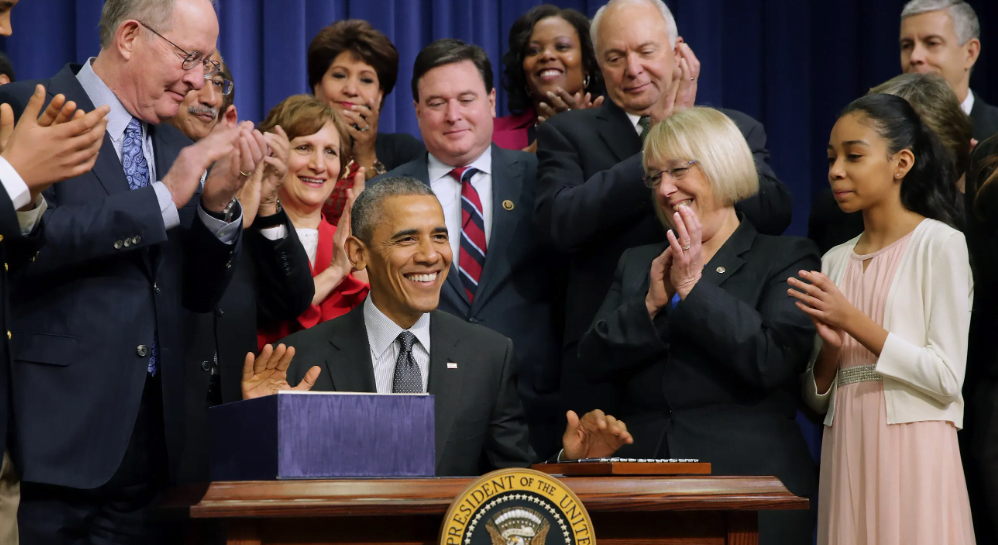The Every Student Succeeds Act (ESSA) is a federal law that was passed in 2015 to replace the No Child Left Behind Act (NCLB) and to provide states with more flexibility in how they implement education policy. The law aims to improve the academic achievement of all students and to close the achievement gap between different student groups.
Every Student Succeeds Act (ESSA)
One of the pros of ESSA is that it gives states more control over education policy, allowing them to set their own education standards and goals. This increased flexibility could lead to greater innovation in meeting educational goals and the ability to tailor education policies to the unique needs of each state.
Another advantage of ESSA is that it reduces the amount of standardized testing required by the federal government. This allows teachers to spend more time on instruction and less time on test preparation. Additionally, ESSA places a greater emphasis on supporting at-risk students, requiring states to provide additional resources and support to students who are struggling.
ESSA also supports early childhood education, which is an important factor in preparing children for success in school. The law provides funding for programs that support early childhood education, such as preschool and Head Start.
It’s important to note that ESSA is a complex law with many provisions, and its effectiveness will depend on how it is implemented by states and school districts. While the law has the potential to improve student achievement and close the achievement gap, it is important to monitor its implementation and to make adjustments as needed to ensure that all students have access to a high-quality education.
However, there are also some cons to ESSA. One concern is that the law may not provide sufficient funding to support its goals. Additionally, the law reduces federal oversight, which could create potential inequities if states have too much control without proper oversight. Furthermore, the law lacks clarity on accountability measures, and its emphasis on high-stakes testing may not accurately reflect student achievement or provide a comprehensive assessment of learning.
Every Student Succeeds Act Pros and Cons
Here are some of the key pros and cons of the Every Student Succeeds Act:
Pros:
- Increased state and local control: ESSA provides states with more flexibility in how they implement education policy, which allows them to tailor their efforts to the specific needs of their students. This increased autonomy can help to improve student achievement and close the achievement gap.
- Greater focus on student outcomes: ESSA places a greater emphasis on student outcomes, such as academic achievement and graduation rates, which can help to ensure that schools are held accountable for the progress of all students.
- Greater focus on student growth: ESSA also focuses on measuring student growth, which can provide a more accurate picture of how much students are learning over time.
- Greater support for disadvantaged students: ESSA provides additional funding and support for disadvantaged students, such as low-income students and students with disabilities, which can help to improve their academic achievement and close the achievement gap.
- More support for school improvement: ESSA also provides additional support and resources for schools that are struggling, which can help to improve student achievement and close the achievement gap.
Cons:
- Reduced federal oversight: ESSA reduces federal oversight of state and local education policy, which can make it more difficult to ensure that all students have access to a high-quality education.
- Limited accountability measures: ESSA does not require states to use specific accountability measures, which can make it more difficult to ensure that schools are held accountable for the progress of all students.
- Limited funding: ESSA provides limited funding for states and school districts, which can make it difficult to implement the law’s provisions and improve student achievement.
- Limited focus on teacher evaluations: ESSA does not require states to use specific teacher evaluation systems, which can make it more difficult to ensure that all students have access to high-quality teachers.
- Limited focus on college and career readiness: ESSA does not provide enough emphasis on college and career readiness, which can make it difficult for students to be prepared for life after high school.
In conclusion, while the Every Student Succeeds Act has its benefits, it also has some drawbacks that need to be carefully considered. The law aims to improve education in the United States by providing more control to the states over education policy, but it needs to be properly implemented and monitored to ensure that it effectively promotes student success and equity in education.

